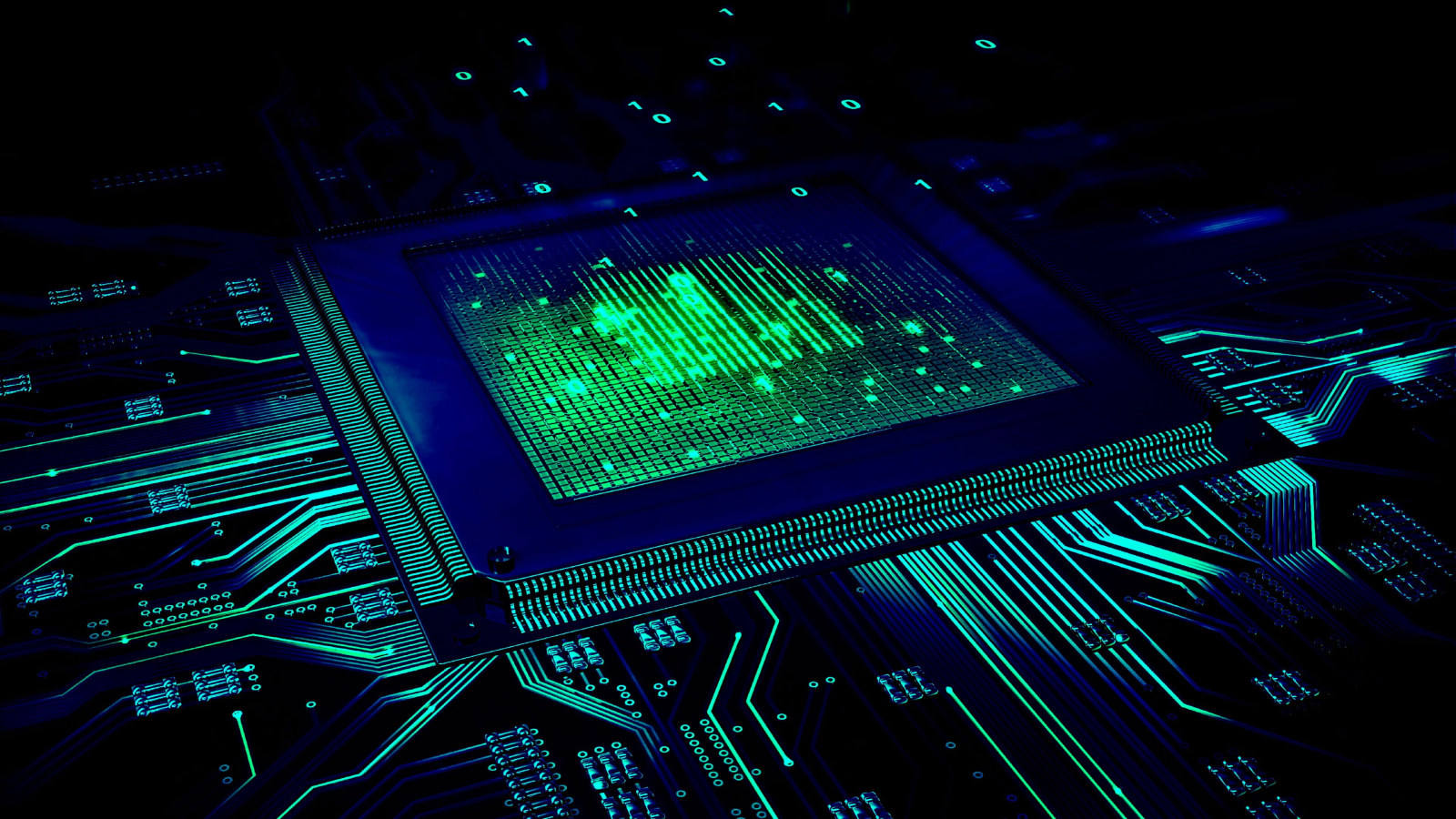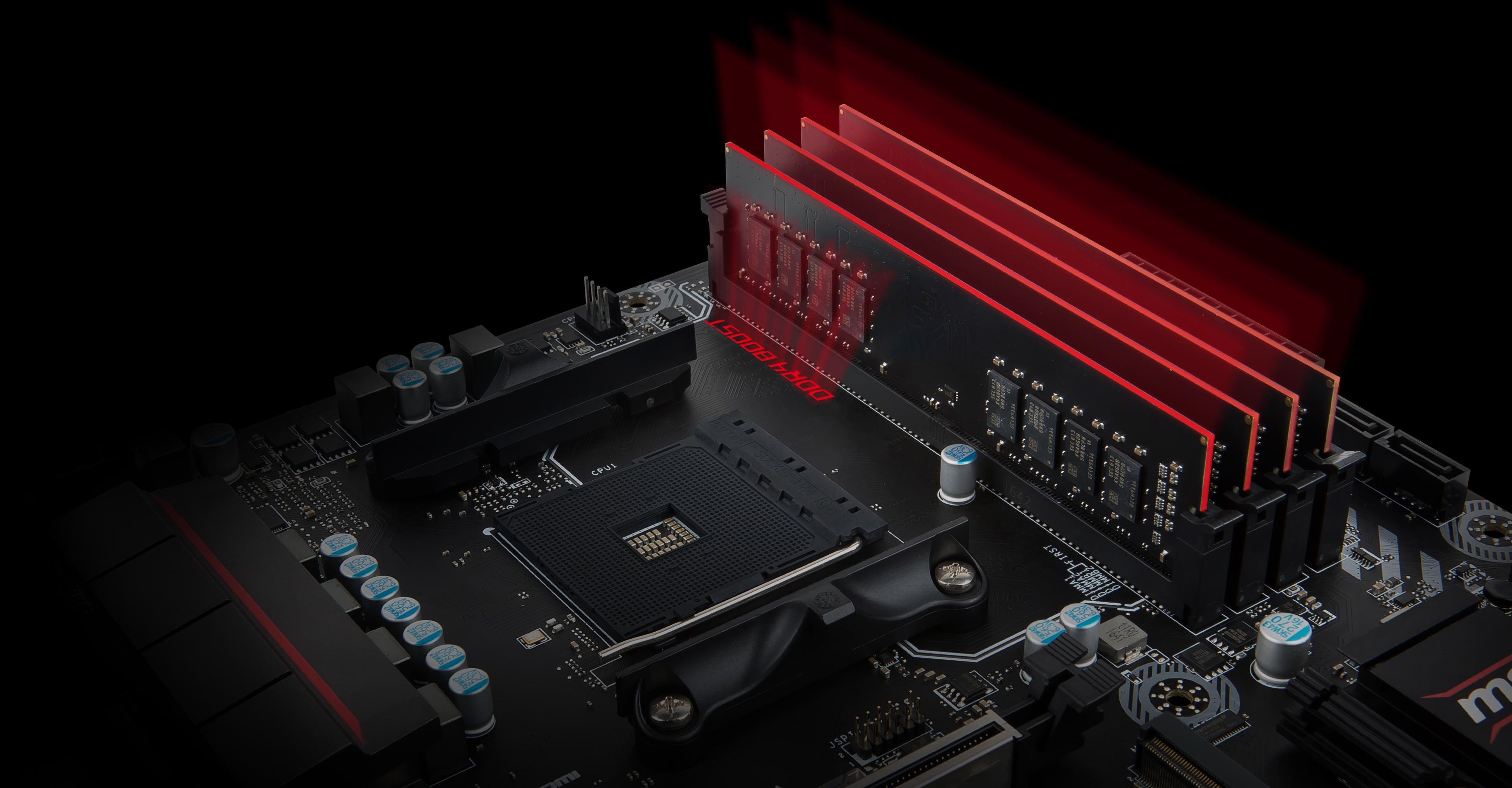Time: 2024-01-08 14:23:05View:
A Programmable Logic Array (PLA) is a type of digital integrated circuit that is used to implement combinational logic circuits. It consists of a grid of programmable AND gates feeding into programmable OR gates. The AND gates are programmed to generate specific product terms, and the OR gates are programmed to combine these product terms to produce the desired outputs. This allows for the implementation of custom logic functions without the need for custom-designed integrated circuits.
PLAs are commonly used in the design and prototyping of digital circuits, as they provide a flexible and cost-effective way to implement complex logic functions. They are particularly useful in applications where the logic requirements may change over time, as the programming of the PLA can be modified without the need to redesign or replace the entire circuit.
The programming of a PLA is typically done using fusible links or electrically erasable programmable read-only memory (EEPROM) cells. By selectively blowing the fuses or programming the EEPROM cells, the desired logic functions can be configured within the PLA. This flexibility makes PLAs well-suited for applications where rapid prototyping and iteration are important.
In addition to their use in prototyping, PLAs are also used in various embedded systems, control systems, and other digital applications where custom logic functions are required. They are often employed in microcontroller and FPGA (field-programmable gate array) designs to implement specific functions that are not easily realized using standard logic gates.
Overall, Programmable Logic Arrays provide a versatile and efficient means of implementing custom logic functions in digital circuits, making them an essential component in the design and development of modern electronic systems.

There are several types of Programmable Logic Arrays (PLAs) that have been developed to cater to different design requirements and technological advancements. One of the earliest types is the Mask-Programmable Logic Array (MPLA), which is programmed during the manufacturing process by creating custom masks for the AND and OR gates. While MPLAs offer cost-effective solutions for high-volume production, they lack the flexibility of reprogramming once manufactured.
Another type is the Erasable Programmable Logic Array (EPLA), which allows for the reprogramming of the logic functions after the device has been manufactured. EPLAs typically use fusible links that can be selectively blown to program the desired logic functions. This flexibility makes EPLAs suitable for applications where design changes or updates are anticipated.
Electrically Erasable Programmable Logic Arrays (EEPLAs) are a further development of EPLAs, utilizing EEPROM cells to store the programming information. This allows for the reprogramming of the logic functions without the need for physical alteration of the device, making it more convenient for iterative design processes and field updates.
Complex Programmable Logic Devices (CPLDs) and Field-Programmable Logic Arrays (FPGAs) are more advanced types of PLAs that offer a high degree of flexibility and programmability. CPLDs consist of multiple PLAs, I/O blocks, and other configurable logic elements, providing a more complex and versatile platform for implementing custom logic functions. FPGAs take this concept even further, offering a vast array of configurable logic blocks interconnected through programmable routing resources, allowing for the implementation of highly complex and customized digital circuits.
These different types of PLAs cater to a wide range of design requirements, from simple fixed logic functions to highly complex and reconfigurable digital systems. As technology continues to advance, new types of PLAs are likely to emerge, offering even greater levels of flexibility, performance, and integration for digital circuit design and implementation.
Programmable Logic Arrays (PLAs) and FPGAs are both types of digital integrated circuits used for implementing custom logic functions, but they differ in terms of architecture, flexibility, and programmability.
PLAs consist of a grid of programmable AND gates feeding into programmable OR gates. The AND gates are programmed to generate specific product terms, and the OR gates are programmed to combine these product terms to produce the desired outputs. This architecture allows for the implementation of custom logic functions without the need for custom-designed integrated circuits. PLAs are typically used for simpler logic functions and are less flexible than FPGAs.
FPGAs, on the other hand, are much more flexible and versatile. They consist of an array of configurable logic blocks interconnected through programmable routing resources. This allows for the implementation of highly complex and customized digital circuits. FPGAs can be reprogrammed to implement different logic functions, making them suitable for a wide range of applications, from simple logic functions to highly complex digital systems.
One of the key differences between PLAs and FPGAs is their level of programmability. PLAs are typically programmed using fusible links or electrically erasable programmable read-only memory (EEPROM) cells, and once programmed, their logic functions are fixed. In contrast, FPGAs can be reprogrammed multiple times, allowing for iterative design processes, field updates, and the implementation of different logic functions on the same device.
Another difference is in their application and complexity. PLAs are often used for simpler logic functions and are more suitable for applications where the logic requirements are relatively fixed. FPGAs, with their higher level of flexibility and complexity, are used in a wide range of applications, including digital signal processing, telecommunications, automotive, aerospace, and many others where complex and reconfigurable logic functions are required.
In summary, while both PLAs and FPGAs are used for implementing custom logic functions, FPGAs offer a higher degree of flexibility, reprogrammability, and complexity, making them suitable for a wider range of applications and more dynamic design requirements.

Programmable Logic Arrays (PLAs) offer several advantages in digital circuit design. One of the key advantages is their ability to implement custom logic functions without the need for custom-designed integrated circuits. This provides a cost-effective and flexible solution for prototyping and small-scale production, as it eliminates the need for expensive custom fabrication processes. PLAs also offer a high level of integration, allowing for the implementation of complex logic functions within a single device, which can reduce the overall size and complexity of a digital system.
Another advantage of PLAs is their relatively simple programming process. By using fusible links or electrically erasable programmable read-only memory (EEPROM) cells, the desired logic functions can be configured within the PLA. This flexibility makes PLAs well-suited for applications where rapid prototyping and iteration are important, as design changes can be implemented without the need for extensive redesign or retooling.
However, PLAs also have some limitations. One of the main disadvantages is their lack of reprogrammability once they have been manufactured. Unlike more advanced devices such as Field-Programmable Gate Arrays (FPGAs), the logic functions of a PLA are fixed once programmed, making it less suitable for applications where frequent design changes or updates are anticipated.
Additionally, PLAs may not be as efficient or fast as other types of programmable logic devices, especially for complex logic functions. While they are suitable for simpler logic functions, more complex designs may require a larger number of product terms and OR gates, which can lead to increased propagation delays and power consumption.
In summary, the advantages of PLAs include their cost-effectiveness, flexibility for prototyping, and high level of integration, while their disadvantages include their lack of reprogrammability and potential limitations in efficiency and speed for complex logic functions. When considering the use of PLAs in a digital circuit design, it's important to weigh these factors against the specific requirements of the application.
Programmable Logic Arrays (PLAs) have a wide range of applications in various fields due to their ability to implement custom logic functions in digital circuits. One of the main uses of PLAs is in the prototyping and development of digital systems. Engineers and designers utilize PLAs to quickly implement and test custom logic functions without the need for custom-designed integrated circuits. This enables them to iterate and refine digital designs rapidly, making PLAs extremely valuable in the development of new electronic systems.
PLAs are also extensively employed in embedded systems, where there is a requirement for custom logic functions to interface with sensors, actuators, and other peripherals. By programming a PLA to implement specific control and interface logic, designers can create tailored solutions for a wide range of embedded applications, including industrial automation, automotive systems, consumer electronics, and more.
In the field of telecommunications, PLAs find application in implementing custom signal processing and control logic in devices such as modems, routers, and communication interfaces. By programming a PLA to perform specific signal processing tasks or control the routing of data within a communication system, engineers can develop efficient and optimized solutions for handling complex telecommunications protocols and standards.
Another significant application of PLAs is in control systems, where custom logic functions are utilized to implement feedback control, monitoring, and automation. PLAs can be programmed to implement specific control algorithms, state machines, and interface logic, enabling the creation of tailored control systems for applications such as robotics, industrial automation, and process control.
Moreover, PLAs find utility in educational environments for instructing digital logic design and execution. Learners can acquire knowledge about combinational and sequential logic, as well as the creation and coding of personalized logic functions using PLAs. This hands-on exposure to programmable logic arrays aids students in comprehending the practical aspects of digital circuit design and nurtures their ingenuity in implementing customized logic functions.
To summarize, the applications of PLAs encompass a broad spectrum of fields, including prototyping and development, embedded systems, telecommunications, control systems, and education. Their versatility and ability to execute personalized logic functions make them an adaptable and invaluable tool in the design and execution of digital systems across diverse industries.